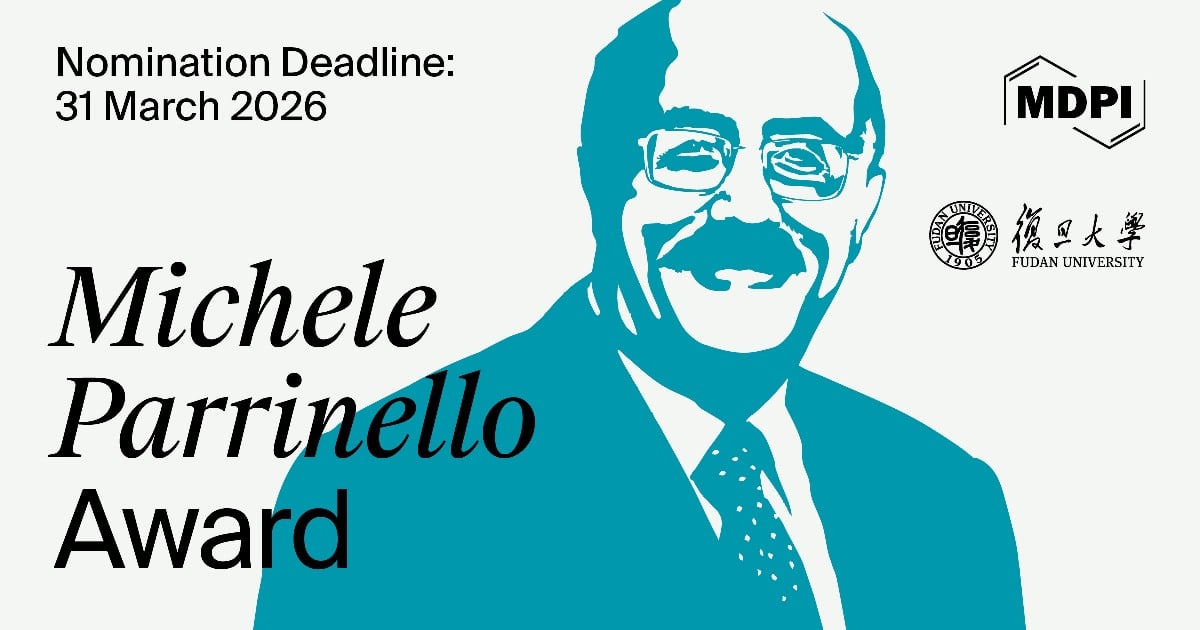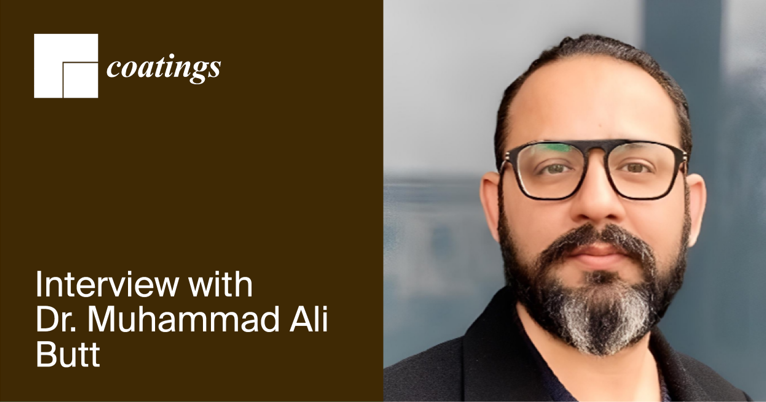-
 Influences of SiO2 Additions on the Structures and Thermal Properties of AlTaO4 Ceramics as EBC Materials
Influences of SiO2 Additions on the Structures and Thermal Properties of AlTaO4 Ceramics as EBC Materials -
 Enhancing Mechanical, Impact, and Corrosion Resistance of Self-Healable Polyaspartic Ester Polyurea via Surface Modified Graphene Nanoplatelets
Enhancing Mechanical, Impact, and Corrosion Resistance of Self-Healable Polyaspartic Ester Polyurea via Surface Modified Graphene Nanoplatelets -
 Influence of Surface Sanding on the Coating Durability of Spruce as Facade Board
Influence of Surface Sanding on the Coating Durability of Spruce as Facade Board -
 Surface Damage Detection and Analysis for Reduction-Fired Cyan Square Bricks in Jiangnan Gardens via YOLOv12
Surface Damage Detection and Analysis for Reduction-Fired Cyan Square Bricks in Jiangnan Gardens via YOLOv12 -
 Sustainable Edible Coatings Enriched with Bioactive Extracts for the Postharvest Preservation of Strawberries
Sustainable Edible Coatings Enriched with Bioactive Extracts for the Postharvest Preservation of Strawberries
Journal Description
Coatings
- Open Access— free for readers, with article processing charges (APC) paid by authors or their institutions.
- High Visibility: indexed within Scopus, SCIE (Web of Science), Ei Compendex, CAPlus / SciFinder, and other databases.
- Journal Rank: JCR - Q2 (Physics, Applied) / CiteScore - Q2 (Surfaces, Coatings and Films)
- Rapid Publication: manuscripts are peer-reviewed and a first decision is provided to authors approximately 14.7 days after submission; acceptance to publication is undertaken in 2.4 days (median values for papers published in this journal in the first half of 2025).
- Recognition of Reviewers: reviewers who provide timely, thorough peer-review reports receive vouchers entitling them to a discount on the APC of their next publication in any MDPI journal, in appreciation of the work done.
- Sections: published in 14 topical sections.
- Testimonials: See what our editors and authors say about Coatings.
Latest Articles
E-Mail Alert
News
Topics
Deadline: 31 December 2025
Deadline: 25 February 2026
Deadline: 20 March 2026
Deadline: 31 March 2026
Conferences
Special Issues
Deadline: 20 November 2025
Deadline: 20 November 2025
Deadline: 20 November 2025
Deadline: 20 November 2025






























